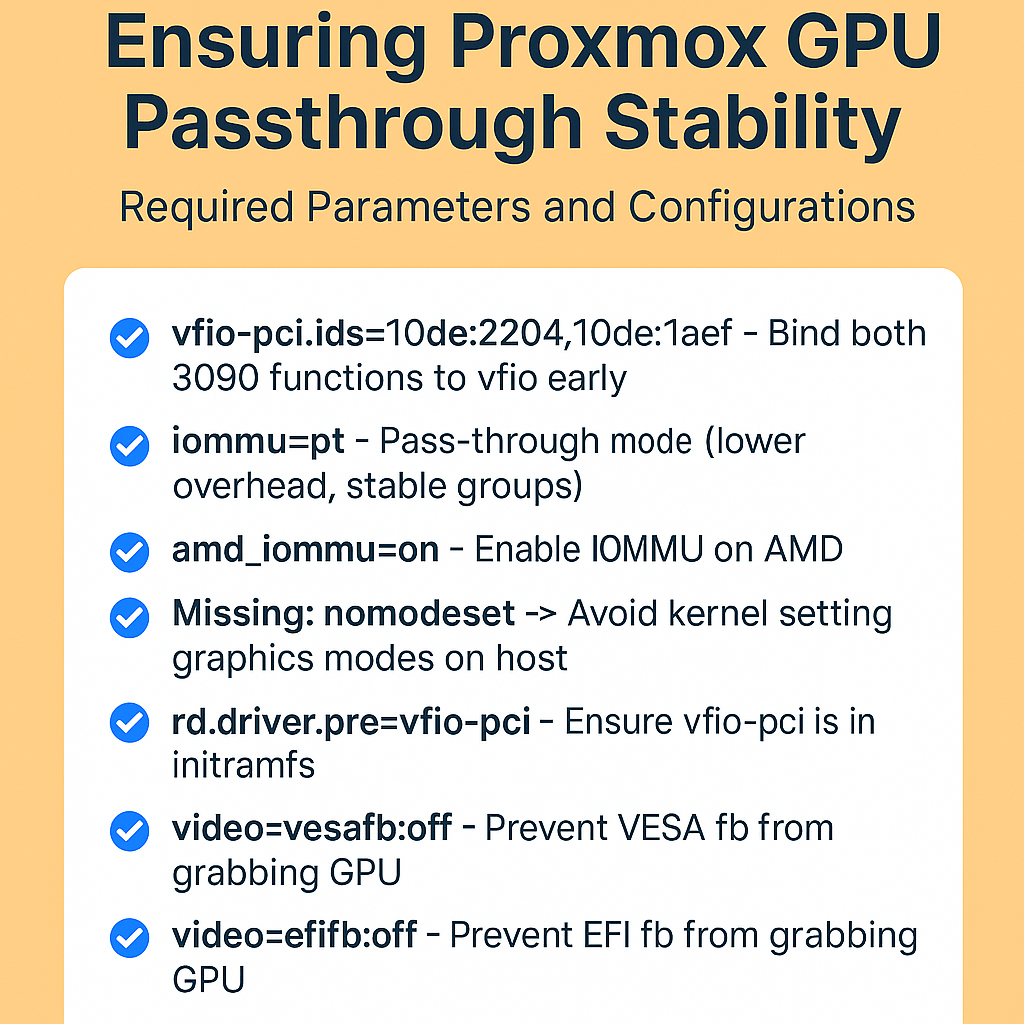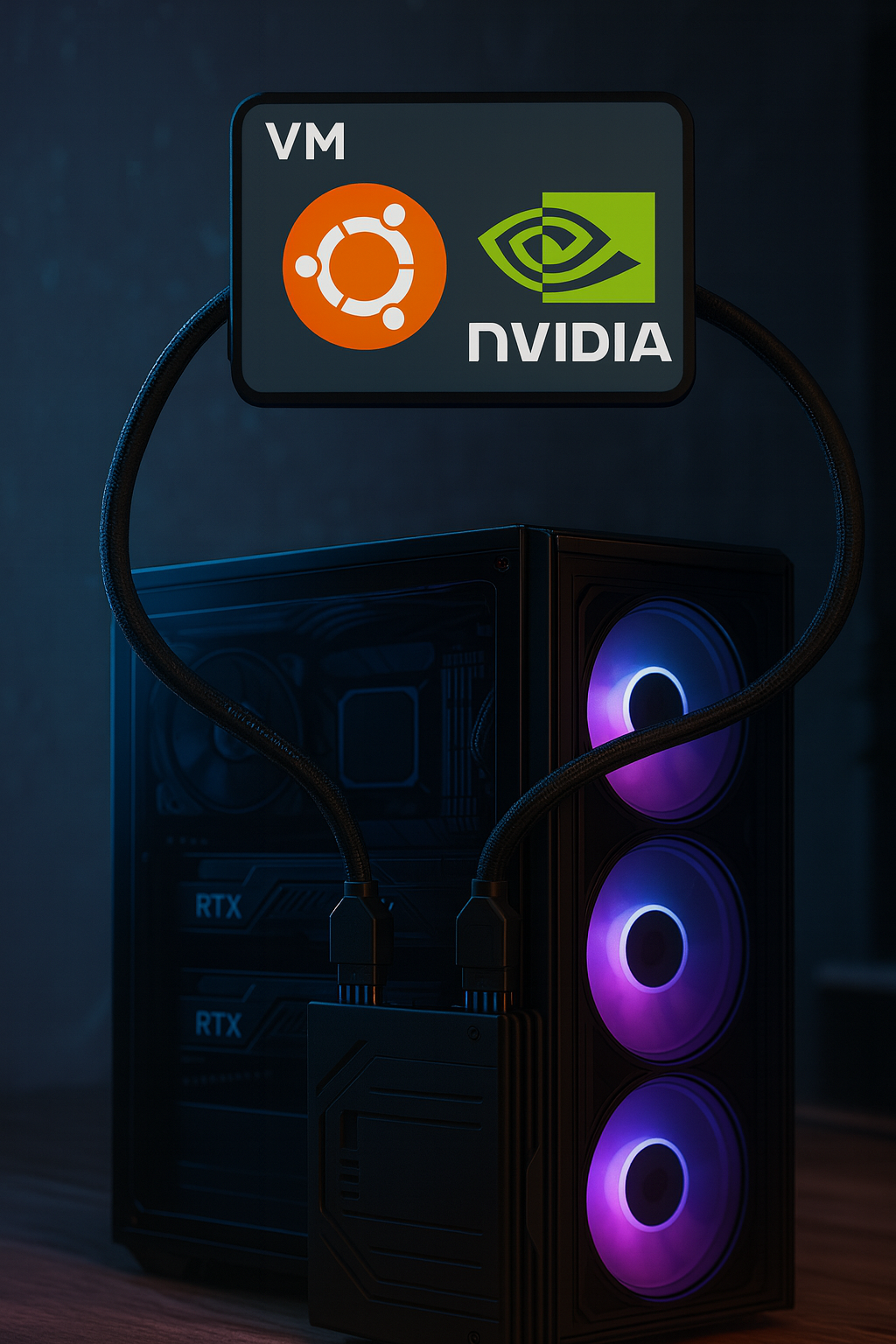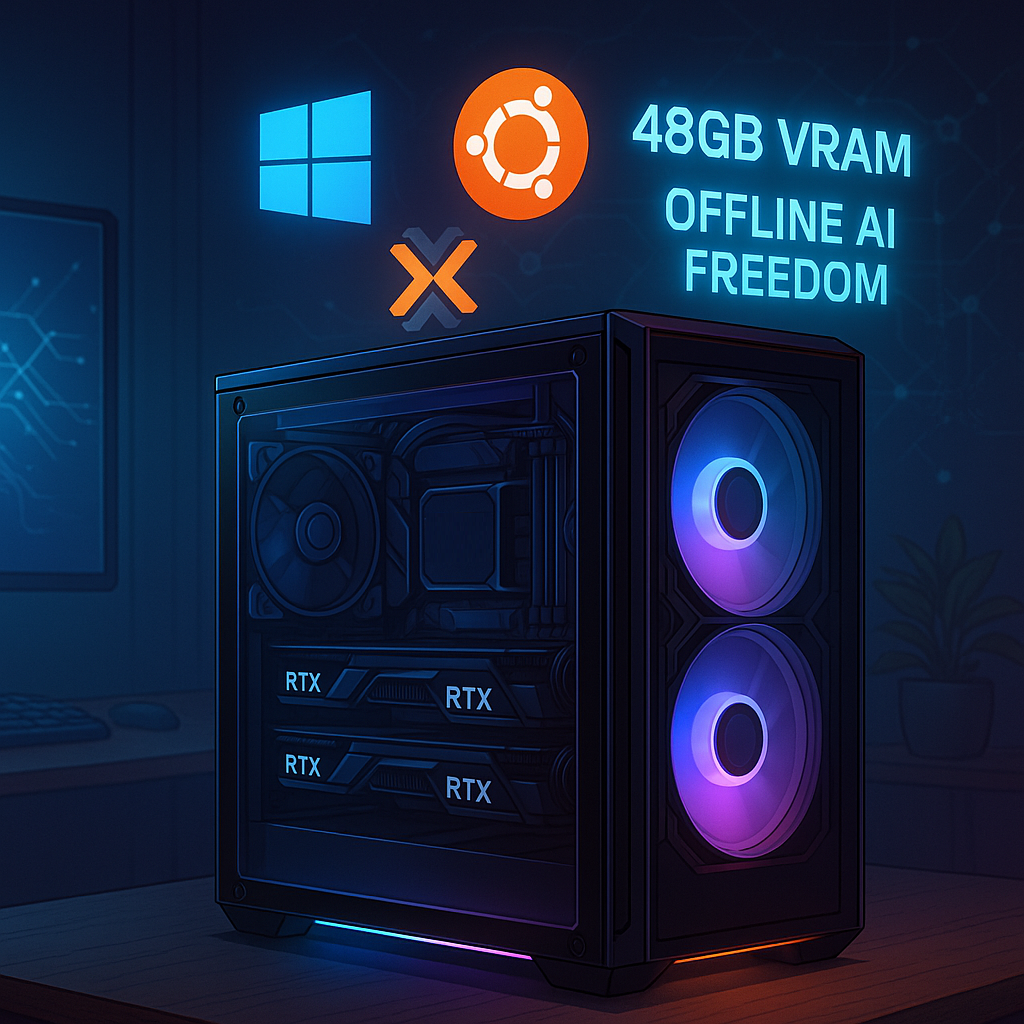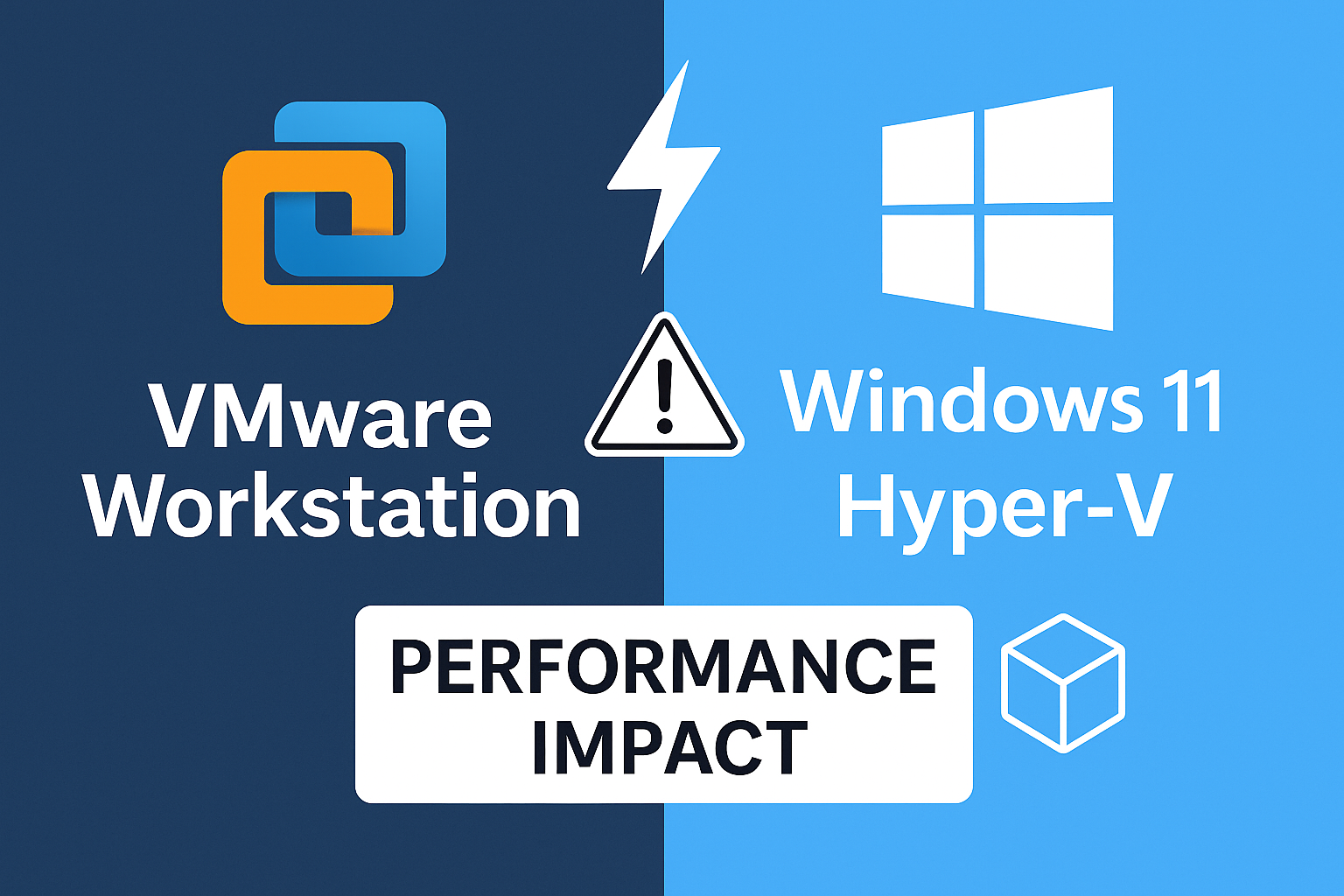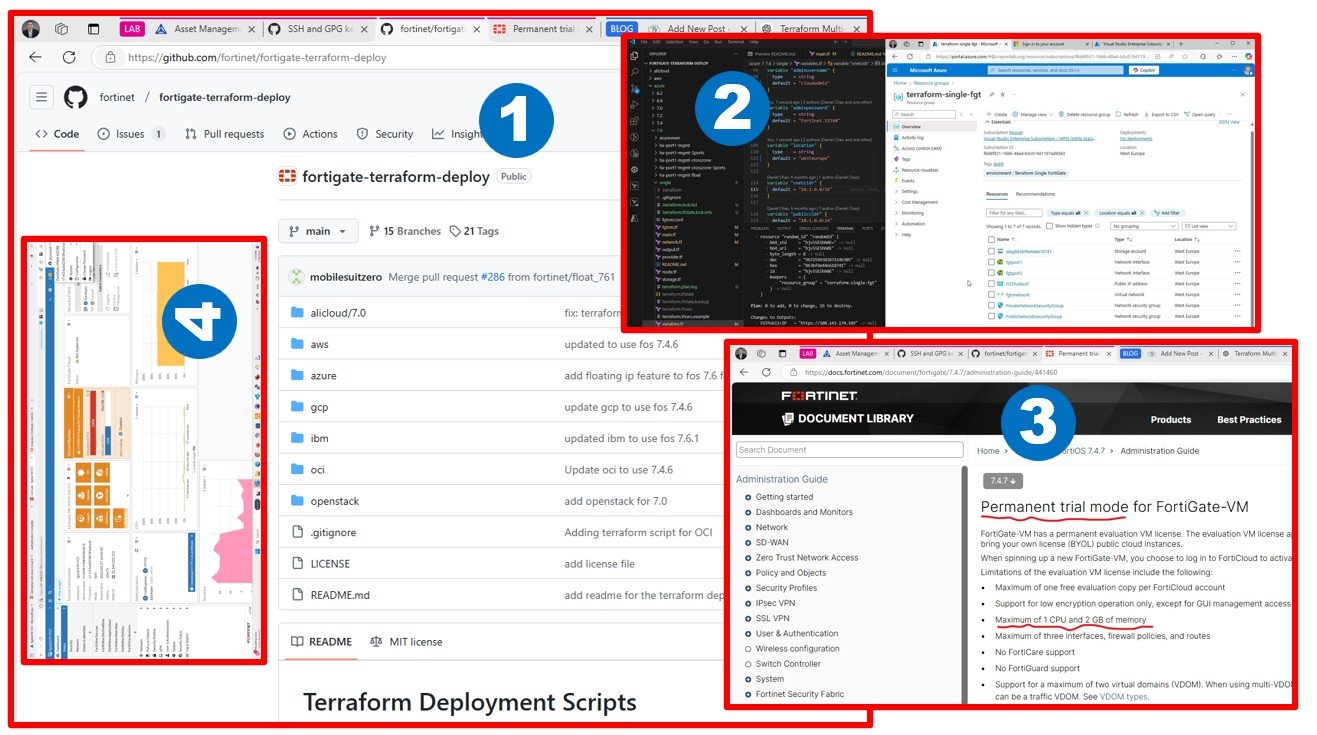I keep researching this topic from several perspectives: regional availability, provided architecture, most popular use cases, VMware software versions, provided hardware configuration, and finally the price of a 3-node vSphere cluster in the Cloud.
Regional availability
The very first factor in your comparison should be if the service is available in your region? Generally speaking, each cloud vendor offers comprehensive, global availability of the service, and each vendor works on enabling the VMware service in the available regions over time.
The images below are just for illustration and are most likely already outdated (2020), please use the source links to research details on the current status.

Source: Spanning the globe with Google Cloud VMware Engine – VMware Cloud Blog

Latest: Global Locations – Regions & Zones | Google Cloud
Scroll down to “Products available by location”, locate Google Cloud VMware Engine, and check for green dots.


Source for the latest: Azure Products by Region | Microsoft Azure
Scroll down and look for Azure VMware Solution and check for blue ticks.

Source: AWS Region and Availability Zone Support (vmware.com)

Source for the latest: AWS Regional Services (amazon.com)
AWS works a little differently, you need to pick the region first and then you will get the list of services available. Check out VMware Cloud on AWS in the list.


Source for the latest: Cloud Data Center Regions and Locations | Oracle
Find the region category and observe Oracle Cloud VMware Solution with green ticks in circles.
Architecture
The 3-node VMware cluster is the same VMware software in each cloud. You might find minor VMware software version differences, 6.x, 7.x, etc. on supported versions. Make sure that the cloud vendor supports the desired version, however, VMware HCX can overcome minor version differences between on-premises and cloud.
The designs and the purpose are very similar; relocate VM-based legacy monoliths quick and dirty to the cloud, and enjoy the low-latency connection to cloud-native services.
For example, Oracle Cloud has a compelling story of migrating/BYOL on-premises Oracle Standard Edition Databases to OCI Autonomous Databases while relocating the connecting VMs to Oracle VMware Solution.
Remember this, we RELOCATE VMware. Virtual Machine remains. VMware Virtual Disk Format (VMDK) remains. The software stack remains. Some of the problems remain (not the hardware maintenance) because we have just relocated our VMware deployment from the local data center to the cloud vendor’s data center.

We do relocation here. Similar to Containers. In every other “R” case, such as rehost, re-platform, etc. we stop using VMware software.

Learn more here: Google Cloud VMware Engine

Learn more here: Enterprise-scale example architectures connectivity to Azure VMware Solution – Cloud Adoption Framework | Microsoft Learn

Learn more here: Augmenting VMware Cloud on AWS Workloads with Native AWS services | AWS Architecture Blog (amazon.com)

Learn more here: Overview of Oracle Cloud VMware Solution
Examples of unique offerings
I am committed to understanding the unique offerings of the vendors, however, offers looks quite similar due to their nature 🙂
AWS’s offering is a VMware Service, unlike any other solution on the market. VMware offers a provisioning portal, so you will not find the VMware Cloud on AWS service on AWS Console.

Only AWS offers training and certification at the moment, but I think this will change very soon.

I got this, learn more here: VMware Certified Master Specialist – VMware Cloud on AWS 2022 – Credly
OCI is the only cloud that provides access to the underlying vCenter infrastructure and provides full control and responsibility for all SDDC components:

Learn more here: VMware Cloud Well-Architected Framework for Oracle Cloud VMware Solution: Shared Responsibility Model | VMware
Why? Use cases.
I think if you combine ALL use cases provided by these 4 vendors you will get an idea of what and why you might relocate your VMware environment to the public cloud.
Some common points on the WHY
- You can leverage existing VMware skills in Cloud
- NSX-T network segments are pretty nice and easy ways of building a hybrid cloud
- Integrate VMware on-premises tools, skillsets, and processes with public cloud services
- You have more predictable expenses, unlike some of the public cloud(-native) services

Source: Features, benefits, and use cases | Google Cloud VMware Engine Documentation , use cases section

Learn more here: Azure VMware Solution Overview


Learn more here: Use Cases for VMware Cloud on AWS | VMware

Learn more about OCI use cases here: Common Migration Use Cases for Oracle Cloud VMware Solution
HCX-based migration between on-premises and the cloud is really nice.

You can use VMware HCX for DR scenarios as well. In this case, there is no need for VMware SRM software (extension).
Support for additional VMware software in Cloud?
Another big question is what happens to additional VMware software you own on-premises. Can you relocate them to Cloud and continue to use them? HCX and NSX-T are mandatory parts of the solution, SRM is in most cases supported, and vRealize (now called Aria) is getting more and more support across the solutions. Below is a screenshot of how to enable additional VMware components using VMware Cloud on AWS portal.

When it comes to VDI, such as Horizon View, relocation of connections servers is not obvious, but you will find solutions that allow you to continue to use VMware VDI solutions in Cloud. Instead of or together with Azure Virtual Desktop or AWS Workspaces. For example, Microsoft offers various ways when it comes to the shared responsibility matrix.


